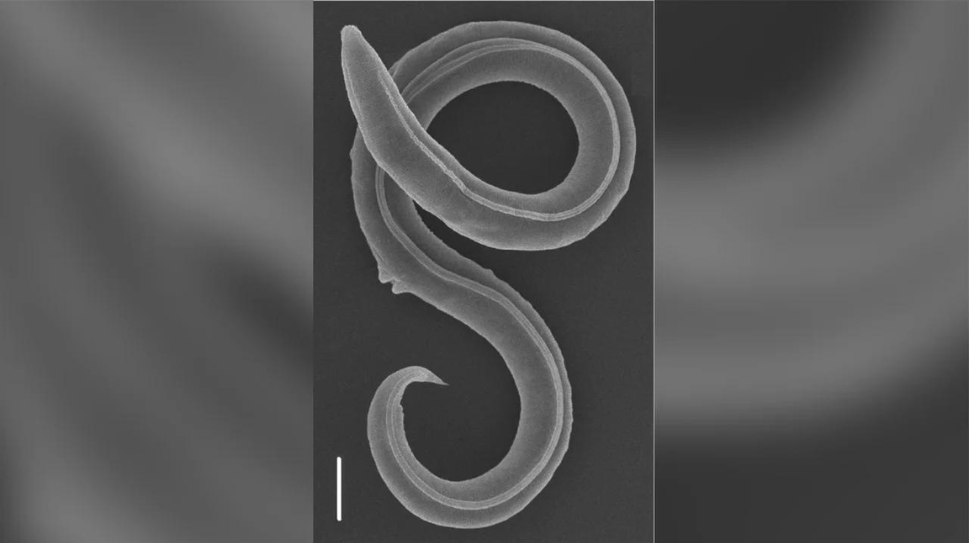
Ancient Worm Revival: Unveiling the Secrets of Cryptobiosis and Evolution
In a groundbreaking discovery, scientists revive an ancient worm frozen for 46,000 years. This feat unravels cryptobiosis, a dormant state in extreme conditions. Named Panagrolaimus kolymaenis, the worm reveals insights into evolution and conservation biology. Join us to explore the marvels of cryptobiosis and this ancient worm revival.
Cryptobiosis: A Remarkable Survival Mechanism
Cryptobiosis stands as a remarkable survival mechanism adopted by certain organisms in the face of adversity. This state allows them to endure complete dehydration, lack of oxygen, extreme temperatures, and even freezing conditions. Metabolic rates decrease to undetectable levels, leaving the organism in a suspended state between life and death. Such a finding not only expands our understanding of life’s resilience but also holds promise for potential applications in fields such as space exploration and medical science.
Unveiling Panagrolaimus kolymaenis: An Ancient Survivor
The discovery of Panagrolaimus kolymaenis, an ancient worm frozen for millennia, has captivated the scientific community. Revived from a cryptobiotic state, this worm species presents a treasure trove of insights into the evolutionary mechanisms that have shaped life on Earth. Its genetic analysis revealed a novel species, distinct from any known before, showcasing the rich biodiversity hidden within frozen time.
A Shared Molecular Toolkit: Evolutionary Conserved Pathways
Researchers were astonished to find that P. kolymaenis and C. elegans, another widely studied organism, share a molecular toolkit. This remarkable similarity, despite the vast evolutionary time span separating them, points to deeply conserved processes in evolution. Of particular interest is the production of trehalose, a sugar believed to contribute to the organisms’ ability to endure freezing and dehydration. These shared genetic elements offer invaluable clues into the evolutionary history of life on our planet.
Implications for Conservation Biology and Beyond
The revelation of P. kolymaenis and its cryptobiotic survival mechanism holds profound implications for conservation biology. By studying these ancient survivors, researchers may gain insights into how to protect vulnerable species in extreme conditions prevalent in today’s world. The knowledge garnered from these resilient organisms may guide conservation efforts, inform space exploration studies, and even contribute to medical breakthroughs.
In a nutshell, the revival of an ancient worm unlocks scientific revelations. Locked in Siberian permafrost for millennia, it brings forth a treasure trove of knowledge. The marvel of cryptobiosis and discovery of Panagrolaimus kolymaenis reveal life’s resilience. The shared molecular toolkit with C. elegans offers insights into evolution’s conserved pathways. As scientists explore these remarkable survivors, the ancient worm revival testifies to life’s enduring mysteries and potential.


